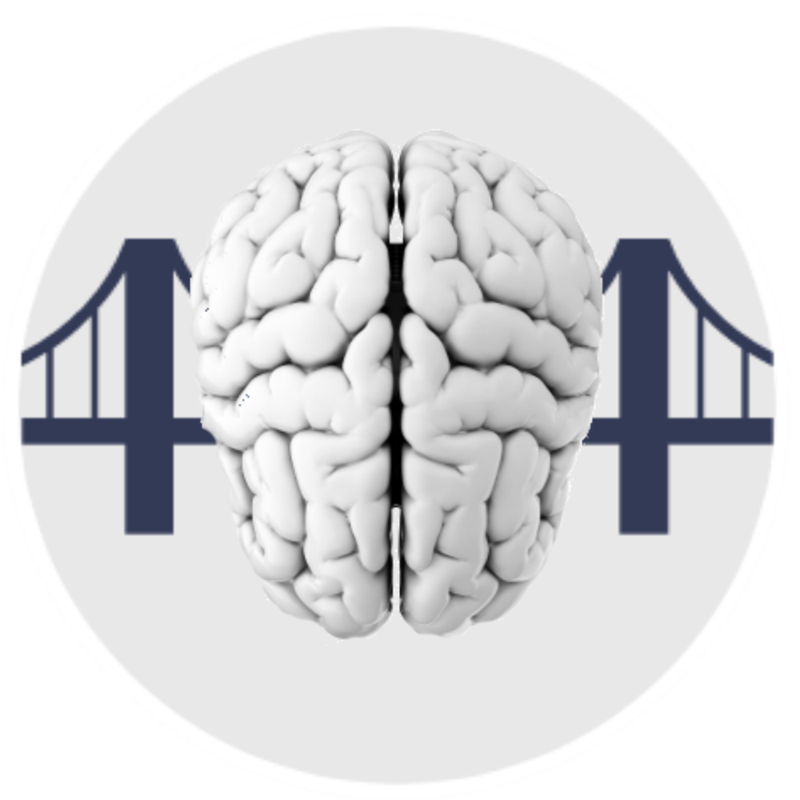Better Than Before: Recapturing Our Students’ Minds, Brains, and Hearts
by Janet Zadina on 02/13/23
Are you seeing behavior differences in your students now? We know they were experiencing stress and probably trauma during the height of the pandemic, but now that they are back in face-to-face classes, instructors around the world are telling me that the students are not the same. They are less engaged, focused, and prone to behavioral issues.
How can we recapture them? My new presentation answers this question and approaches it from every angle: emotional brain, cognitive brain, mind, body, and heart – truly addressing the entire student. I can’t condense a 90-minute presentation into a brief blog, but I can give you some pointers here, choosing the ones requiring the least explanation.
Our goal is to increase engagement, enjoyment, attention, and connection. Each of these increases the other in a synergistic way. It is hard to talk about them individually without mentioning one or more of the others, but let’s try.
Capturing the emotional brain: Enjoyment reduces anxiety, with anxiety going down as enjoyment goes up. This doesn’t mean goofing off. Positive Education means increasing positive emotion, including happiness information and practices, along with traditional skills. One quality that has been shown to increase positive emotion is perceived control. Note the word “perceived.” This means that the student feels that they have some control. We know that a feeling of lack of control increases stress. Students need to recognize that they have some control consciously. One way is to teach several strategies for approaching your material and then discuss with them which strategies they intend to use to take control of the material.
Another way is to reframe anxiety: “Anxiety means that you care how you do and have goals. If you are stressing about the test, it means you care. Now take that energy and figure out how you will take control of the situation. What is your study plan? What are your strategies? “
Capturing the cognitive brain: Attention can be top-down or bottom-up in the brain. Top-down means the brain’s frontal lobes are working well and are focusing attention. However, we have seen that if under stress, the frontal lobes are not working well, and it is hard for the student to pay attention. Bottom-up means that something captures their attention, such as a loud noise. The reaction is not conscious.
If the student is experiencing enjoyment, their attention has been captured without being forced. If we want to work with top-down attention, that means that we are going to help them consciously engage their attention by directing their attention. Paying attention doesn’t mean taking in more; it means taking in less. It is not a floodlight but a spotlight that we want to shine on the material. Be sure to let them set an intention before reading or studying, or listening to you, and let them know where/when/how to focus their attention.
Capturing the mind/body: We capture them through engagement. Students who are engaged are feeling enjoyment, and students who are enjoying class are engaged. One fast way to create engagement is by creating a task with the appropriate level of challenge. If the challenge is too easy, it creates boredom, and if it is too hard, it creates anxiety. As the student’s skill increases, so should the challenge. However, this does not mean making it more difficult; it means making it more complex. This is a challenge for you!
Capturing the heart: Students who feel a sense of connection to the school, other students, or the instructor have higher achievement. Again, this is synergistic. If you are creating positive emotions in the classroom, you are engaging their hearts. Emotions are contagious. One interesting study showed a reciprocal emotion transmission between teachers and students. The more teacher enjoyment at the beginning of the semester, the higher the student enjoyment at midterm. The higher the student's enjoyment at the beginning, the higher the teacher's enjoyment. That brings us back to creating a classroom with an enjoyable environment.
Do you see how they all work together – enjoyment, engagement, attention, and connection? I hope you picked up a couple of ideas. Below you will find some questions that you can use as discussion points with colleagues. If you are interested in more science and strategies on this topic, please contact me about securing this presentation for your faculty. It is designed to uplift them and recapture them (they are exhausted from the pandemic, right?) as well as help them recapture the students.
Here is to a brighter future!


